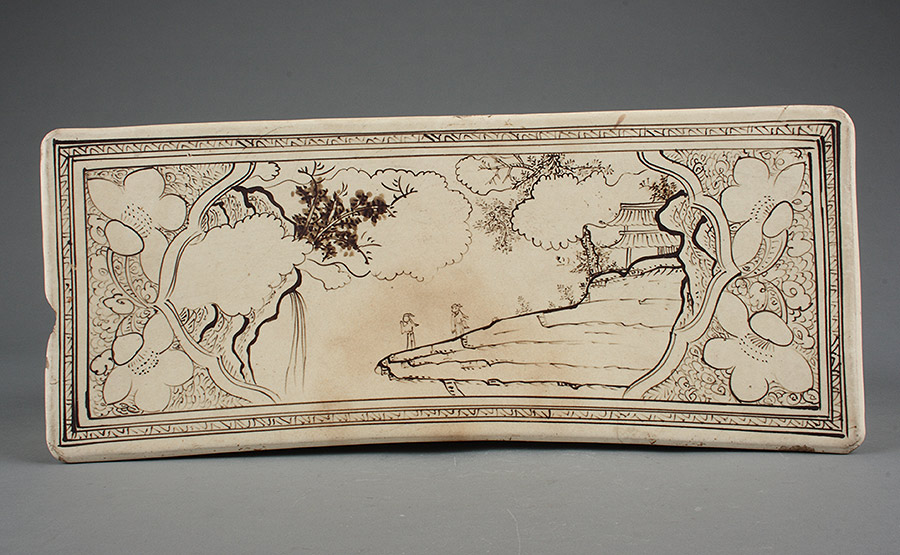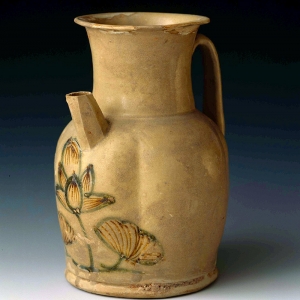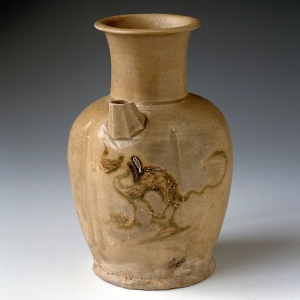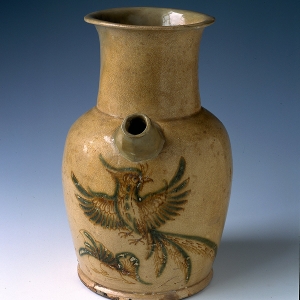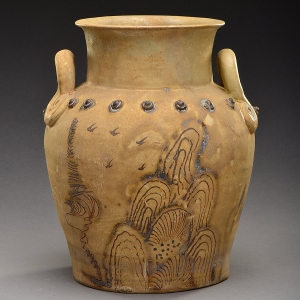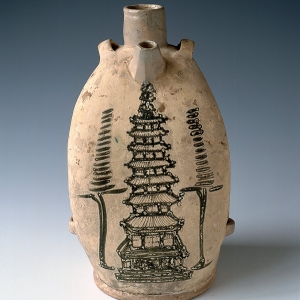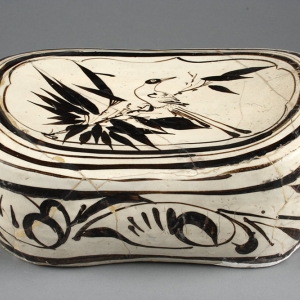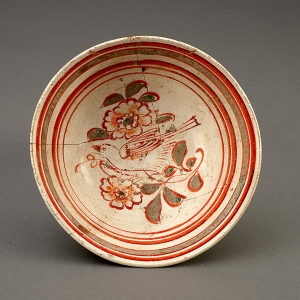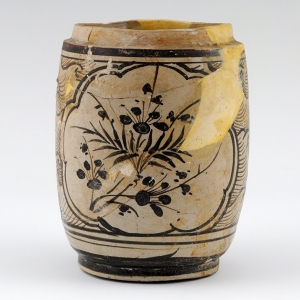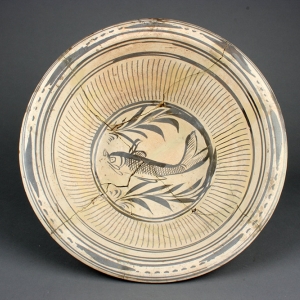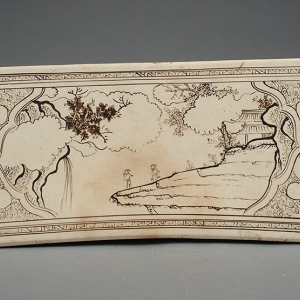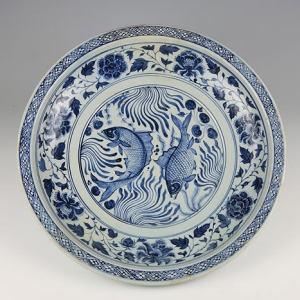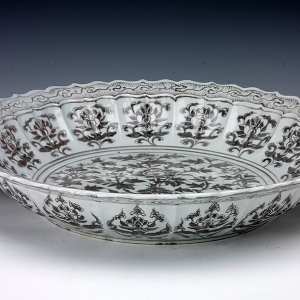Porcelain Paintings from the Changsha Kiln to the Liling Kiln
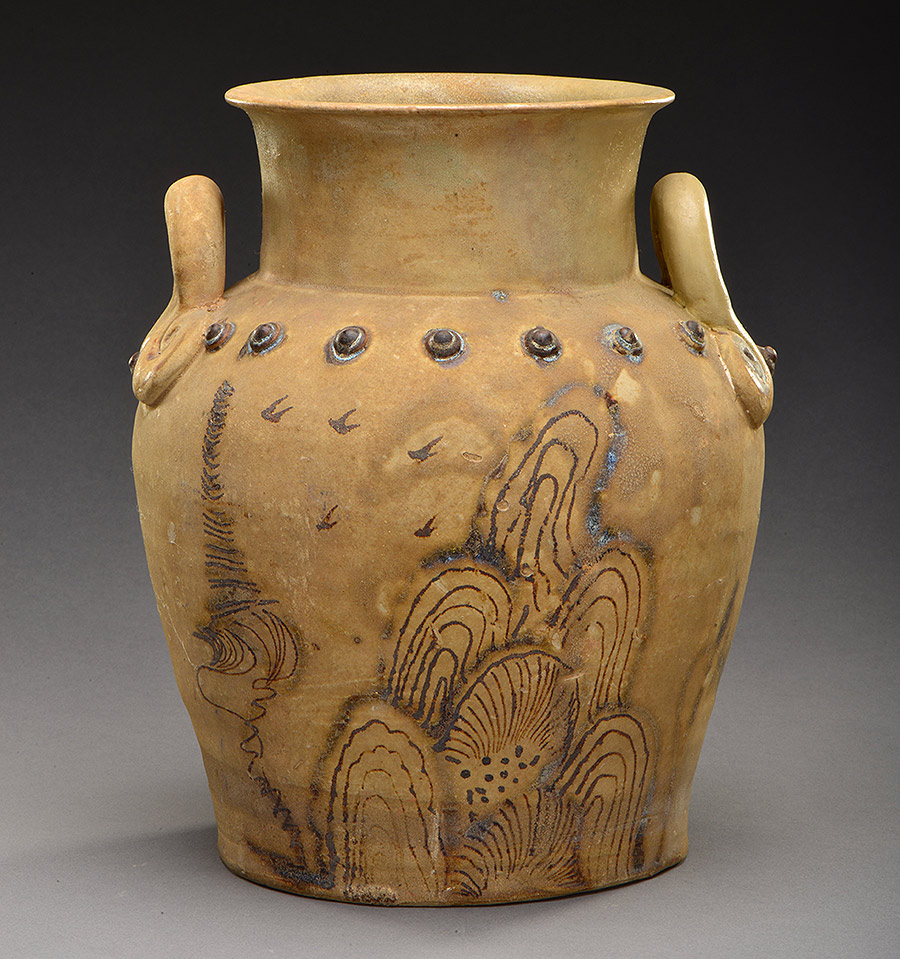
Introduction
Porcelain Paintings from the Changsha Kiln to the Liling Kiln
The brown colored porcelains with paintings found in the Nanjing area of the Three Kingdoms period were the earliest porcelains decorated with paintings we have found till now. The painting themes on these porcelains mostly included immortals with wings and auspicious beasts which might be related to local beliefs and funeral customs. However, these special porcelain paintings were lost in the Western Jin Dynasty, and there was no porcelain with painting decorations for the next few hundred years.
Porcelain painting reached its first peak until the Changsha Kiln of the Tang Dynasty. The paintings on the porcelains from the Changsha Kiln were mainly themed on flowers and birds, together with other elements including landscapes, figures, buildings, and clouds. It is the first time in the Chinese porcelain history that brown, green and red colors were used to paint on the porcelain, marking that porcelain painting had entered into a colorful era.
The royal aristocrats of the Song Dynasty still favored the porcelains without decorations, while paintings decorations were popular elements used by the folk kilns, of which the Cizhou kiln in the northern China and the Jizhou kiln in the southern China stood out. The painting skills from the most part of China were spread to and converged in Jingdezhen (a city in Jiangxi Province, a leading porcelain-manufacturing centre) until the Yuan Dynasty, resulting in the birth of amazing blue-and-white porcelains of Yuan Dynasty.
The Ming and Qing Dynasties were the heyday of the development of painted porcelains. In addition to inheriting the previous painting skills, new varieties such as contrasting color, multicolor, pastel, enamel, light-reddish-purple art, under-glazed multicolor emerged one after another, and the paintings themed on flowers, birds, figures, and landscape were becoming more and more exquisite. The paintings on porcelains from royal kilns were precise and rigorous, while those were free and easy in folk kilns.
Porcelains become vivid with the decoration of paintings, and paintings are given immortal life because of porcelains.
